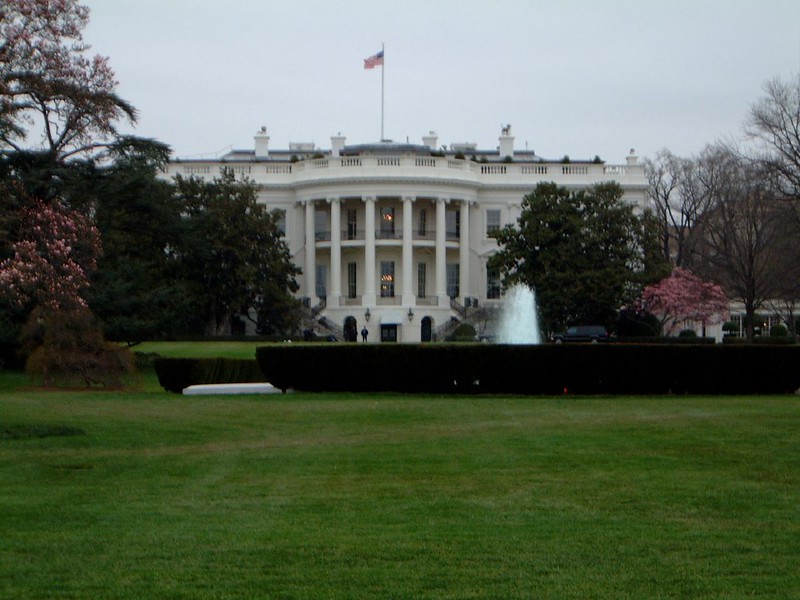Is homelessness a rehabilitation problem?
I don’t think so.
Homelessness is not an image problem, as previously discussed.
Neither is homelessness a matter of rehabilitation.
Homelessness means you don’t have a “home”.
What is a “home”? It is defined differently, depending on who you ask. For many, not having a “home” means being unhoused. For others, it is defined more broadly, such as being unsheltered. When we place “home” in the broader context of humanity, we also see that people have diverse ideas about what they require for shelter and a “home.”
Even within the United States, historically, a “home” has run the range from the permanent to the nomadic, from Pueblo cliff dwellings and teepees on land held by Indigenous farmers, to covered wagons and urban cities with planned neighborhoods, or people retiring into RV lifestyles. The importance of a “home” lies in its provision of the needs required. It provides for the safety and health of those inhabiting it.
Homelessness is American and as much a part of the narrative that formed this United States. Homelessness is as apple pie as America itself. It is, in fact, a story that has never left us.
The United States formed out of settlement. Settlers arrived from other continents and took the land by what today we would define as “squatting” — the action of occupying an abandoned or unoccupied area of land or a space that the person does not own. We know that the land of the United States was already held by Indigenous people that were displaced by foreign settlers who arrived, occupied, settled and then retroactively claimed the land “formally” as the original peoples were pushed out.
This country did not start out with rows of ticky-tacky houses. The division of land for the benefit of settlement, also known as the “Rectangular Survey System,” developed formally with the Land Ordinance of 1785, and has been used as the primary survey method in the United States ever since.
Consider George Washington, who not only holds the title of the “Father of His Country” but was a Founding Father and surveyor. Born in 1732, by the age of 11, he had already inherited Ferry Farm in Virginia, his boyhood home. For thousands of years, Indigenous Americans had inhabited the area. Archaeologists have unearthed artifacts that are over 10,000 years old, tools associated with bands of peoples that gathered and hunted there, and pottery associated with native farmers of the area.
The first formal European claim to the land was recorded in 1666. By 1710, it had been subdivided to form multiple farms. George Washington’s father, Augustine, acquired the plantation in a purchase in 1738. Augustine held political office locally, owned several thriving plantations and was active in businesses that were industrializing the region. This is a pertinent example of the transfer of land from Indigenous Americans to the immigrants and the politics of power that came with it. When Augustine died, he left George the plantation and all its slaves.
Immigrants who arrived in the Americas were often indentured servants. They were not free, and were expected to subsist off watered gruel and lentils. Persistent malnutrition was commonplace. Economic forces had pushed these immigrants out of England, where people were also pushed off their land and basic daily expenses, like food prices, were high.
Landless, displaced English moved into the forests, improvised haphazard temporary shelters and camps as they became homeless, and quickly became despised as criminals and thieves. Others moved to cities, with no respite there either. Desperate, many began to sign contracts promising their indentured servitude for the costs associated with their passage to the Americas, a 10-week journey. Within a year, a quarter to one-half of these died of disease. Only 7% of indentured claimed the land that they had been promised.
While indentured laborers were being imported to America, so were slaves. Jamestown, Va., America’s first permanent English settlement, held the majority of the first African slaves, Kimbundu-speaking peoples from what is today Angola. However, it would be a mistake to believe that this surge in servitude and slavery was new. Europeans were already actively importing Africans in the slave trade to their home countries. Enslavement was a global phenomenon, one that translated over to colonization, settlement and conquest in the Americas easily.
There were people with money, or “capital,” and people without. There were those who were part of the business class, and those who were not. There were those who “acquired” and held land, and landless people without property. The gap between rich and poor had broadened, and it was wealth that colonized and settled the Americas, exploiting poverty, displacement and slavery in the process.
By the time George Washington inherited Ferry Farm and was engaged in his studies as a surveyor, he was already part of a well-oiled machine dividing the land that would become the future United States. Methodical and well-funded, it took the land section by section, pitting poor against poor, displacing original peoples with displaced imported peoples. In the politics of power, wealth never lost its foothold or failed in achieving its goals. In the United States to hold land, to hold property, defined right, defined personhood, and how one was valued and treated.
George Washington was born to a land in chaotic upheaval from a competitive land grab, supported by indentured servitude and slavery used to facilitate and develop it further for profit. It required force to maintain and people were pitted against each other in miserable competition to enable it. Far from the fairytale fables that later United States citizens were taught to embrace, the reality of George Washington’s boyhood was stark and harsh. It was a reality that had grown like a tidal wave over the hundred years leading up to his birth. As a land speculator himself, and a man of means already, Washington amassed an additional 65,000 acres between 1747 and 1799. It wasn’t exclusive to plantation owners. The entire continent was surveyed, both under the English Crown and later for the newly formed United States.
Currently, our nation is bereft with new homeless daily that continues to outpace those able to exit homelessness. People highlight gentrification, those pushed out of their homes and communities for new property development and rent people can no longer afford. Poverty, homelessness, displacement and pushing people out is nothing new. Just as England profited in its landgrab with displaced persons, “property development” and “real estate investment” is promoting a similar modern-day phenomenon we can look back in history for an example of. It is how the United States has always operated, systematically and methodically. Our law was codified on it. How we treat each other and our status is closely tied to whether we hold land and property, or are treated as property or “contracted,” if we are seen as holding any value or status at all.
The inherent values a human being holds, with the inalienable rights therein, as laid out in our constitution, are in conflict with this much older system. Until we come to terms with this greater question of which measure we use and value more, that of valuing people in terms of property and assets, or of valuing them as people and human beings first, we are in danger of never rectifying ourselves as a nation with the principles and values we pretend to operate by, versus the reality of the system we are.






